Hi Everyone,
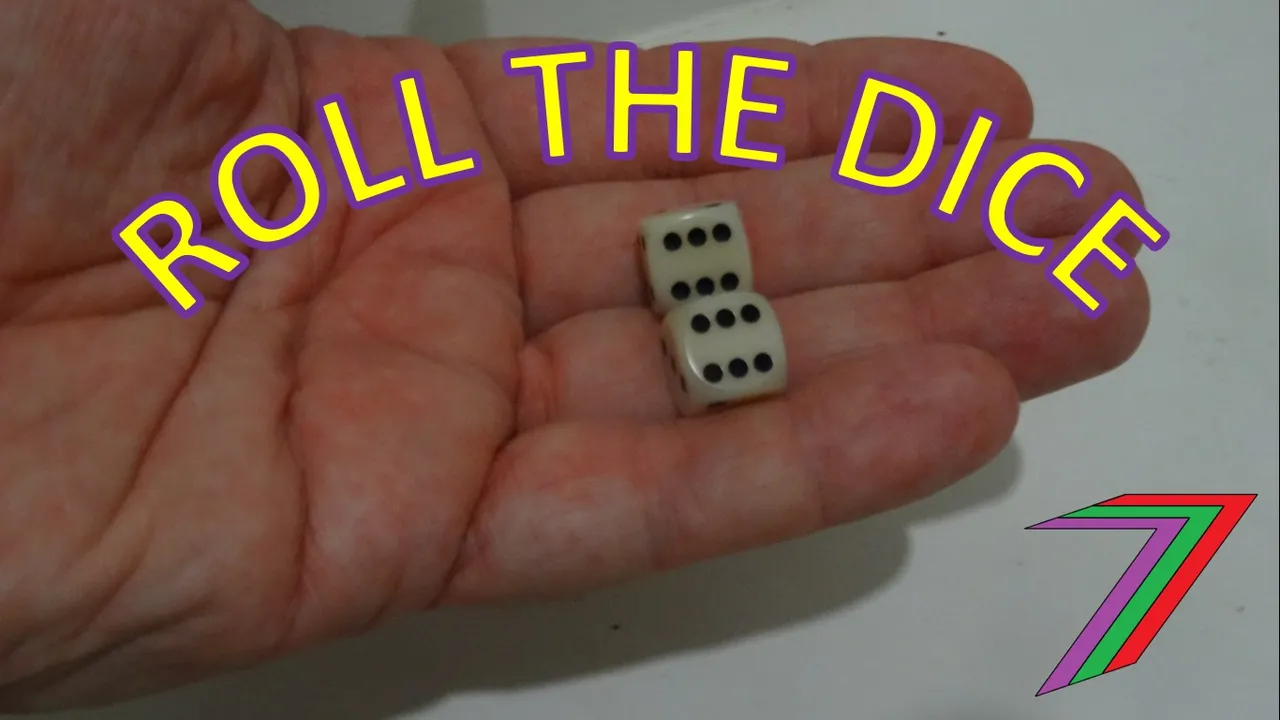
I thought I would tell you about a dice game. It is a very simple game typically played between two people, though could be played by more.
How it begins?
Both players roll the dice. The player with the highest number starts the game. If both players roll the same number, they roll again until someone rolls the highest number. The sum of the dice is the number of rolls each player receives. For example, if Player 1 rolls a ‘4’ and Player 2 rolls a ‘3’. Player 1 starts the game and each player receives 7 rolls in the game.
How it is played?

The game is divided into rounds. The number of rolls and the number of rolls per round determines the number of rounds.
A player will roll the dice to start the game. After rolling, the dice, the player must decide if to roll again or pass the turn to the other player. A player can choose to just roll once or as many rolls as they have left in the game. After a player passes, the other player has the opportunity to roll. If the second player rolls a higher number, the second player wins the round. If the second player rolls a lower number, the second player can choose to concede the round or roll again. If the second player wins the round or concedes, the second player will roll first in the next round. Players alternate who starts each round.
Returning to the example, as Player 1 rolled the higher number, he/she will roll first . Player 1 rolls a ‘2’. Player 1 is not happy with the ‘2’ and rolls again. This time Player 1 rolls a ‘6’. Player 1 chooses to pass the turn to Player 2. Player 2 responds by rolling a ‘3’. Player 2 decides to concede the round to Player 1 but gains an advantage of an additional roll in a later round. Player 2 begins round 2 by rolling a ‘5’. Player 2 passes the turn back to Player 1 to respond.
The game continues until one player runs out of rolls. The player who has rolls remaining can claim one round per a remaining roll. For example, if a player has ‘2’ rolls remaining, that player can claim 2 rounds unchallenged. Rolls are considered valuable and should be used with caution.
Let us fast forward to the end of the game. The game is tied two rounds each and each player has 2 rolls left. Player 1 begins this round by rolling a ‘6’. Player 1 chooses to pass the turn to Player 2. Player 2 rolls a ‘4’. Player 2 can choose to roll again or concede the round. Player 2 can win the round by rolling 3, 4, 5, or 6. However, that will exhaust Player 2’s rolls, Player 1 can claim the next round unchallenged and the game ends as a tie. If Player 2 rolls a ‘1’, Player 1 wins the round and wins the next round unchallenged. Player 2 could concede the round. Therefore, another round will be played. Player 2 must win the final round to tie the game. After Player 2 rolled the lower number, the best outcome Player 2 can achieve is a tie. Player 2 now must decide which course of action provides the highest probability of obtaining a tie.
The gif below provides a brief demonstration of how the game is played (different game to the example presented above)
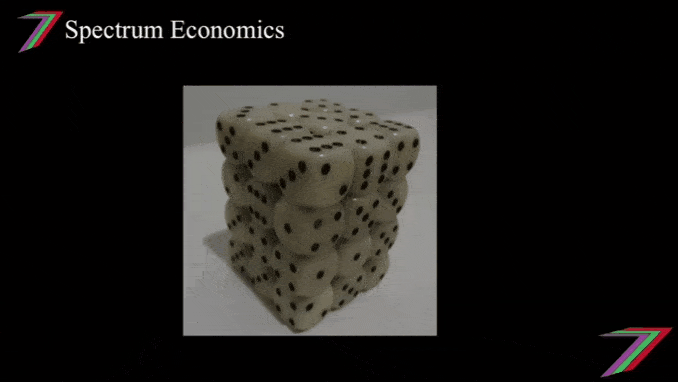
Strategy and applied ‘Game Theory’

This game may appear like a simple roll the dice game where one person just needs to roll a higher number. Indeed, luck plays a key role in determining the winner but there is also some strategy involved as well.
The player that goes second has a slightly higher chance of winning than the player that goes first (referred to as second mover advantage in ‘Game Theory’). This can be proven in a two-roll game. If Player 1 uses both rolls in round 1, Player 2 can guarantee at least a tie by rolling only once in round 1 and automatically claiming round 2. If Player 1 uses only one roll in round 1, Player 2 can roll higher and win round 1. If Player 2 rolls a lower number, Player 2 can roll again to obtain a higher score. The probability that two rolls are higher than one roll is approximately 84% (value determined prior to Player 2's first roll). If Player 2 rolls a number, which is four lower than Player 1's roll, (e.g., Player 2 rolls '2' and Player 1 has rolled a '6'), Player 2 should concede the round and attempt to win the next round to tie the game.
Choosing to roll once, gives Player 1 less than a 16% of winning. Whereas, Player 2 has over a 24% chance of winning. This can be achieved by winning round 1 and then at least tying round 2. The approximate probabilities of the strategies can be summarised in Table 1.
Table 1: Probability of first mover winning
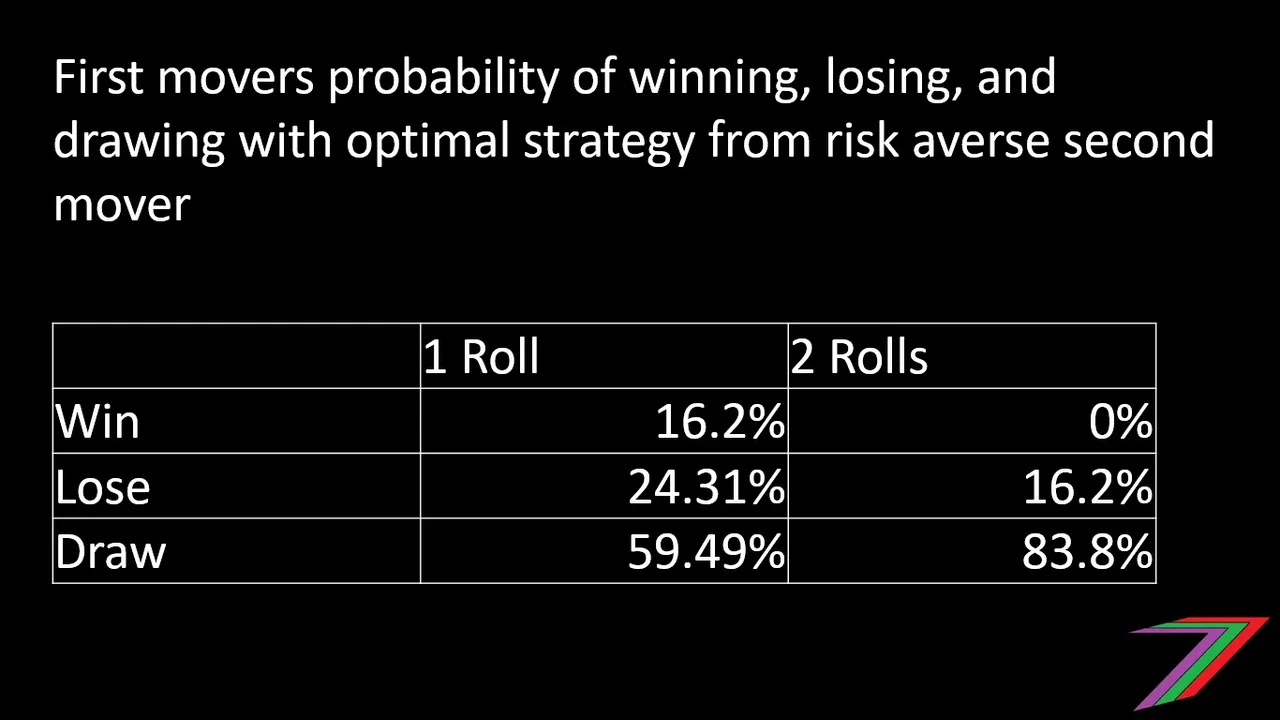
Note: The probabilities are based on players optimising a risk averse strategy, i.e. will minimise the chances of losing'. Players could also strategize to maximise chances of winning; the probabilities in the table would change but there is still a second mover advantage. Player 1 could also determine strategy based on the first number rolled.
Rolling just once may appear to be an optimal strategy for a first mover who at least wants some chance of winning but the probabilities change after the first roll is made. If a very low roll of ‘1’ is made, rolling twice becomes a better strategy for Player 1. See Table 2 below.
Table 2: Probability of first mover winning, if first roll is ‘one’
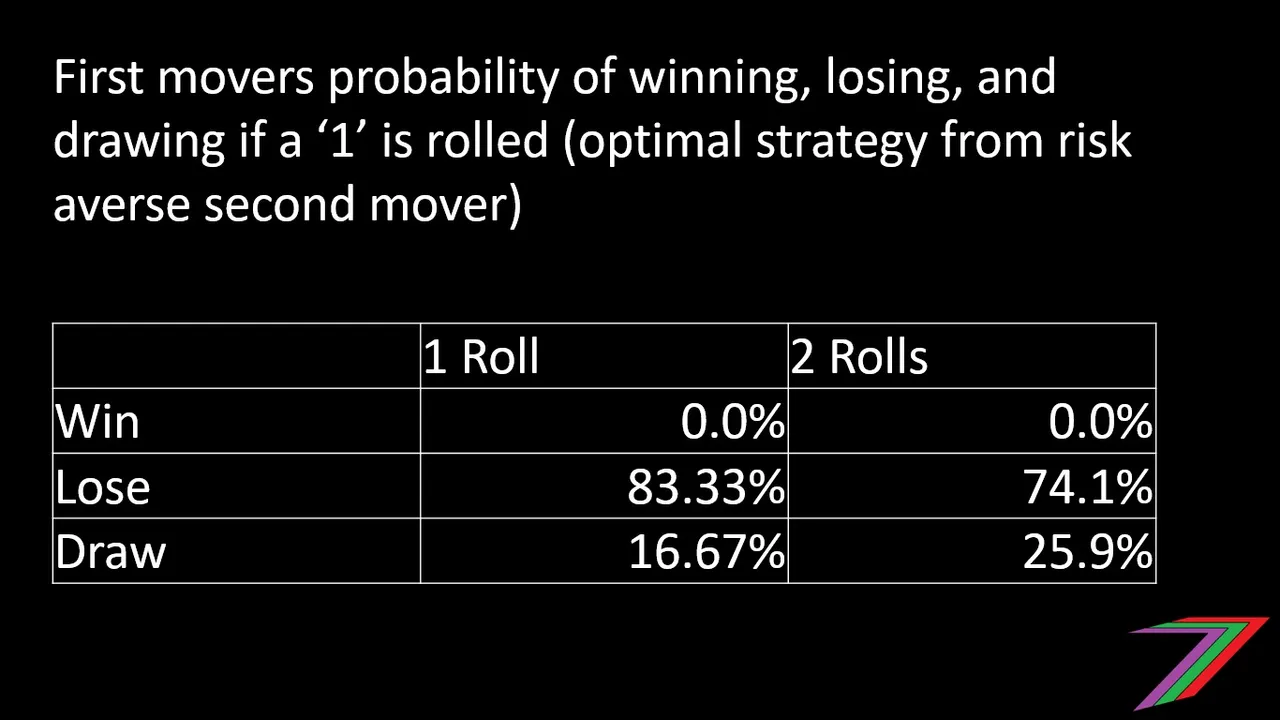
As the number of rounds increases, the second mover advantage is almost eliminated by alternating the start of the rounds between players.
Summary
This a very simple dice game to learn to play. It is a little more difficult to master. The outcome of the game is mostly determined by luck but there is an element of skill that can keep it interesting. If you are bored and have dice handy, I would recommend giving this game a try.
A quick challenge
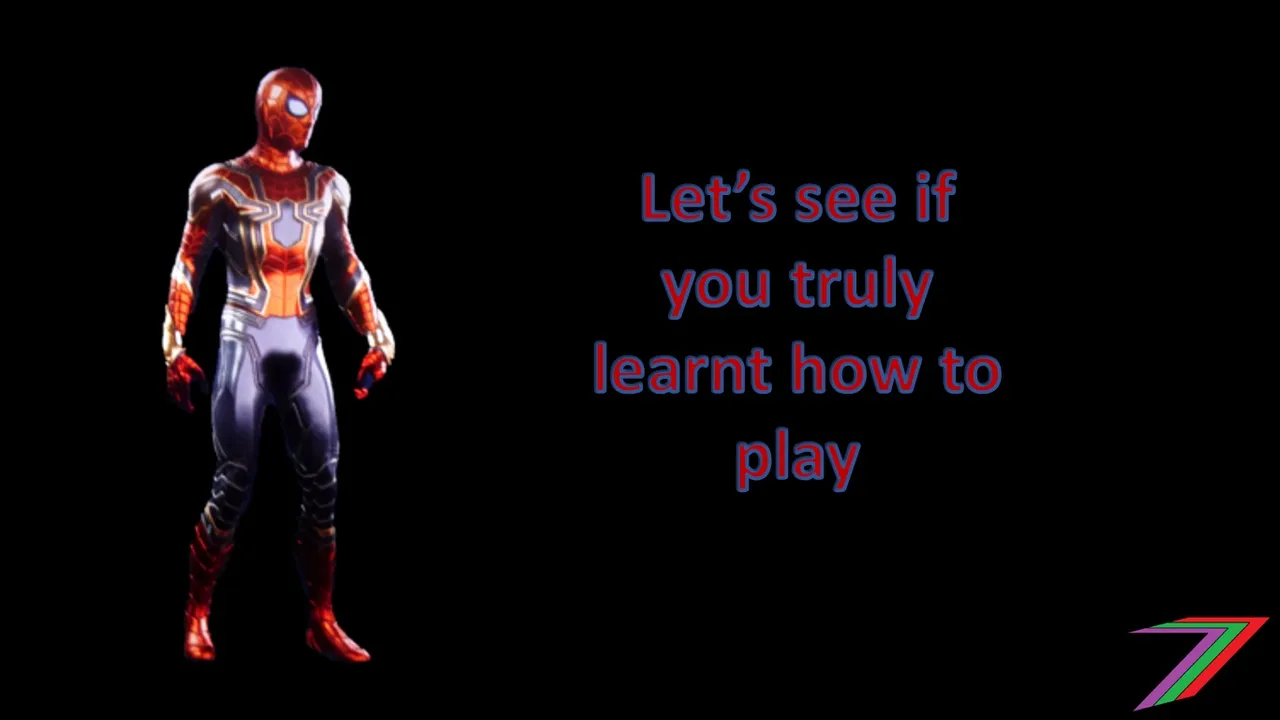
You are losing a game by one round. You just rolled a ‘4’ as the first roll in the current round. You have 2 more rolls left in the game, your opponent has just 1 roll left. Do you roll again or pass? What is the probability of winning using your strategy?
Rules
The person with the best answer/s wins.
If two answers are approximately the same, the user who answered first wins.
Answers accepted until post payout.
Winner will receive 2 Steem.
More posts
If you want to read any of my other posts, you can click on the links below. These links will lead you to posts containing my collection of works. These posts will be updated frequently.




Steem - The Future of DApps




